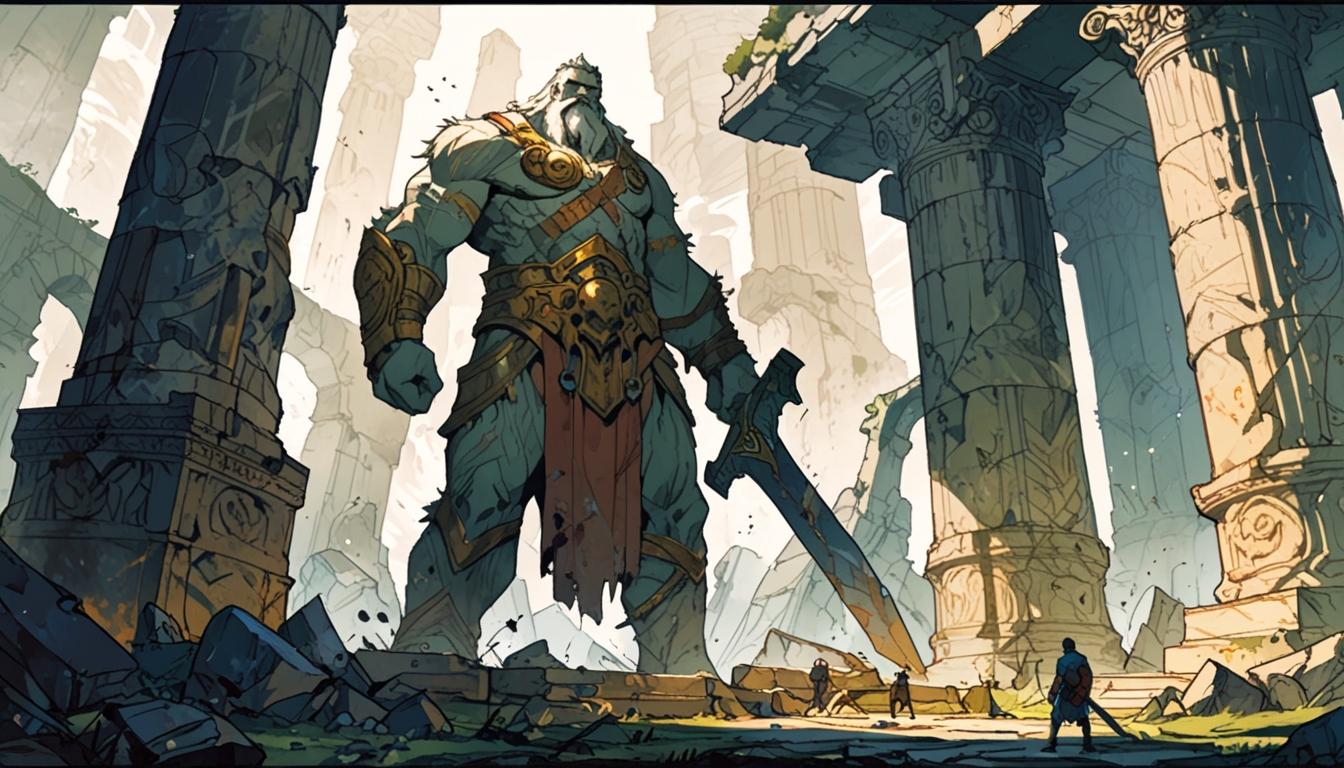Joe Rogan, known for his penchant for conspiracy theories and unconventional discussions, recently stirred controversy by asserting that a hidden ancient race of giant humans may have once roamed the Earth. On a recent episode of The Joe Rogan Experience, featuring TikTok personality Cody Tucker, Rogan claimed that the scientific community would go to great lengths to suppress the discovery of such a race. He suggested that scientists 'would kill' anyone who attempted to reveal the existence of giants, echoing a theme of mistrust toward established authorities that has characterised much of his podcast.
During the episode, Rogan and Tucker highlighted that numerous civilisations, particularly those narrating biblical stories, have documented accounts of exceptionally large individuals, such as the tale of David and Goliath. They pondered whether there remain undiscovered races of humans, although Rogan implied that researchers would likely dismiss significant findings to avoid societal upheaval. "If they found a 10-foot human with a gigantic sword, would they just say 'we're wrong, giants existed?'" he queried, expressing scepticism about the openness of the scientific community to such revelations.
Rogan’s podcast is rife with similar conjectures, as he frequently recounts various conspiracy theories including speculation about government cover-ups related to UFOs, surveillance, and the January 6 Capitol riot. His discussion with Tucker included a wild assertion that giants may have perished after a global cataclysm, leaving their enormous descendants without enough food to sustain themselves. "If you're that big, you need to eat a lot," he remarked, tying his narrative to broader themes of extinction and survival through historical crises.
Interestingly, Rogan's ideas do not exist in a vacuum. The notion of giants has fascinated many online theorists, who assert that these colossal beings may have assisted in the construction of ancient monuments like the pyramids. These discussions gain traction particularly in light of the recent discoveries of human remains which hint at earlier, possibly larger, humanoid species. For instance, the Denisovans, a closely related group of ancient humans, suggest that our ancestral tree is far richer and possibly more diverse than previously thought. These findings, however, are often misinterpreted as evidence of "giants" rather than as a nuanced understanding of human evolution and variation.
The scientific community has largely debunked claims of giant human skeletons often cited in conspiracy theories, particularly those purportedly held in museum basements. Dr Pavel Grasgruber, a biologist exploring the physiology of height, points out that historical claims regarding giants stem from misunderstandings or selective interpretations of skeletal remains. For instance, explorers excavating the Grimaldi cave system were astonished by human remains that appeared significantly taller than the average at the time, feeding into the mythos of ancient giants. As Dr Grasgruber noted, such heights were quite plausible given historical standards, yet over time, they have morphed into sensationalised myths.
Those who advocate for open-mindedness in the interpretation of ancient history, such as author Graham Hancock, argue that mainstream archaeology is often resistant to alternative narratives that challenge established timelines. Hancock's theory posits that a highly developed lost civilization could precede known societies, and he maintains that uncovering such truths should involve considering all evidence, regardless of how unconventional the implications may be.
The discussion surrounding giants raises important questions about humanity's past and presents a fascinating intersection of mythology, archaeology, and conspiracy. While Rogan’s claims might seem far-fetched, they straddle a cultural fascination with the unknown, urging audiences to contemplate both scientific rigour and the allure of alternative histories. This discourse reflects a broader societal challenge—striking the balance between healthy scepticism towards established narratives and open-minded exploration of human history that does not shy away from the possibility of uncovering unfathomable truths.
Reference Map
- Paragraphs 1, 2, 3, 4, 5
- Paragraph 3
- Paragraph 4
- Paragraph 4
- Paragraph 5
- Paragraph 4
- Paragraph 5
Source: Noah Wire Services
